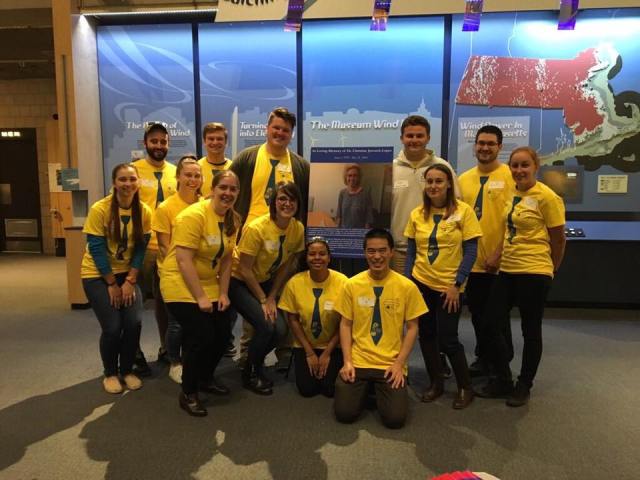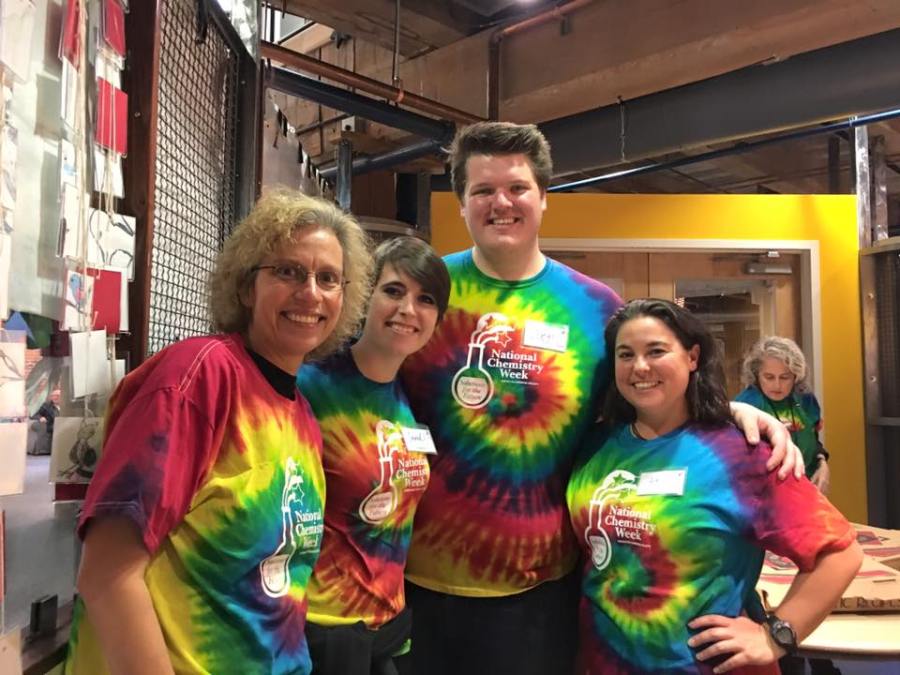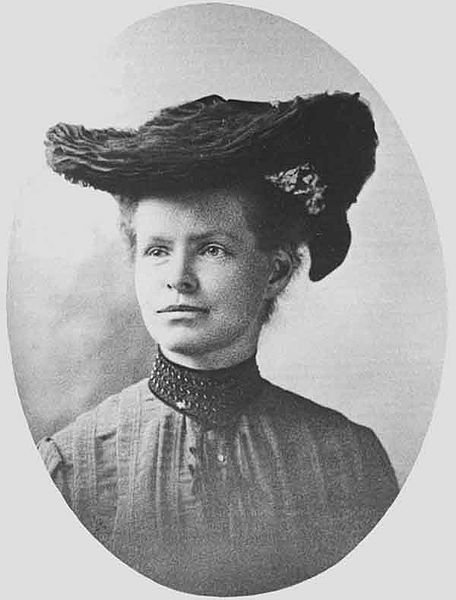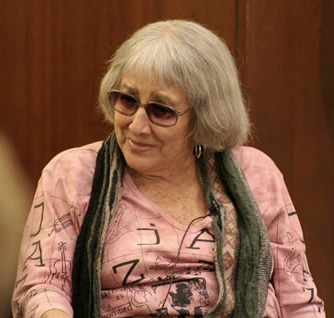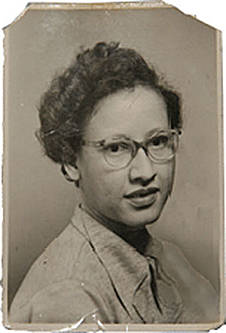Dr. J had the gift of being simultaneously ferocious and warm. She gave delightfully good hugs, ones you could sink into. She prodded and pushed her students beyond what we could imagine doing.
She was deeply passionate, evidenced by her years of service with the American Chemical Society and National Chemistry Week. This year, we celebrated science without her.
Dr. J was an organic chemistry professor, sure. But she was also a friend, a mentor, and a pseudo-mom to so many of her students. She was fierce in class, but calm and inviting in her office. She expected the world from you, but understood when you needed space to breathe.
She was kind. So, so kind. And brilliant.
She had a cup of coffee perpetually glued to her hand, although her energy seemed boundless regardless of the time of day.
She is so hard to pin down to a few sentences.
She was plainly frank. As she pushed tirelessly through her cancer diagnosis, she spoke honestly about her health in a gentle way that only a mother can do.
Her eventual parting from this life was a long, painful reminder of what each of us is charged with – taking all that we are given in life and living fully, no matter our circumstances.
It’s hard to know just how many lives she touched. How many young scientists she inspired. How many students she comforted as they wailed in her office about the hardships of orgo. How many kids she empowered to pursue their dreams.
But at this year’s National Chemistry Week, the love for Dr. J was tangible as students and alumni attempted to carry on without her. Everyone tried with all their might to channel her excitement, her energy. For so many of us, we will never forget the first time we engaged someone with science, watching a spark of curiosity light up their face. After all, we learned from watching the very best.
